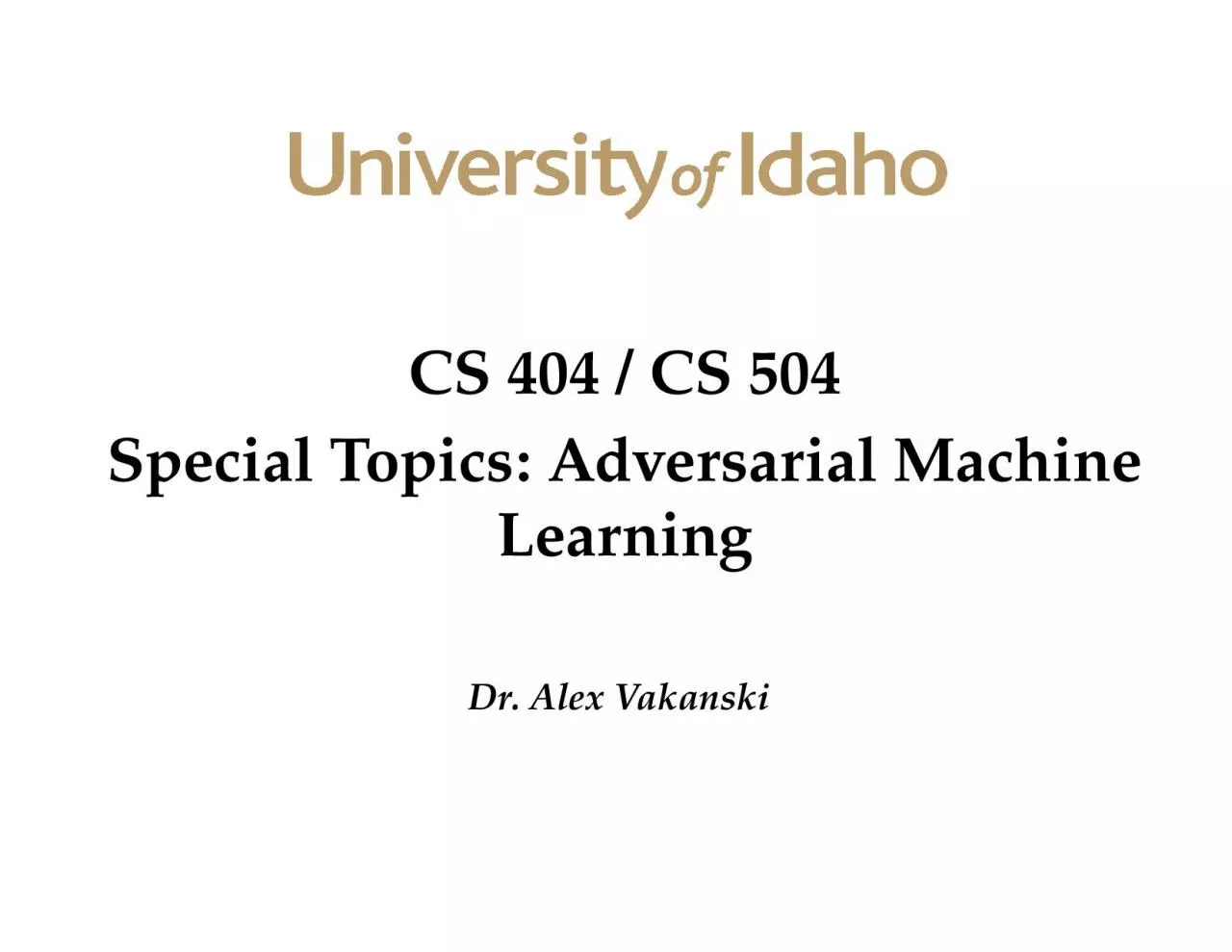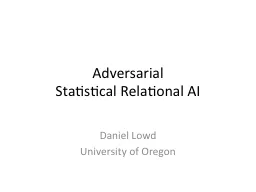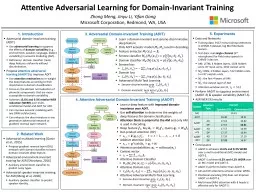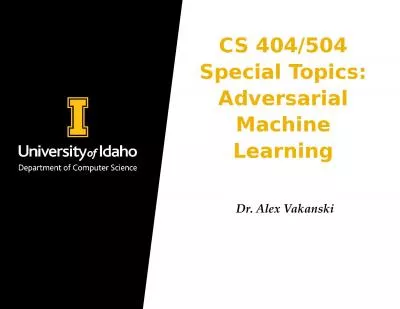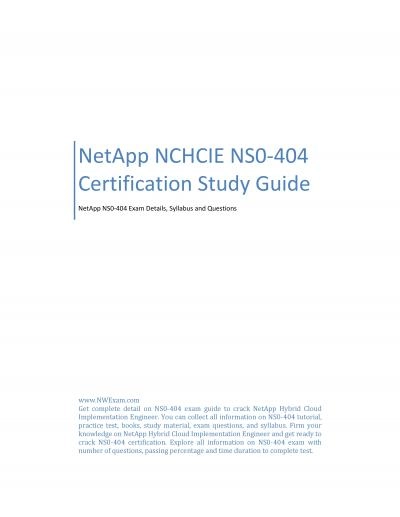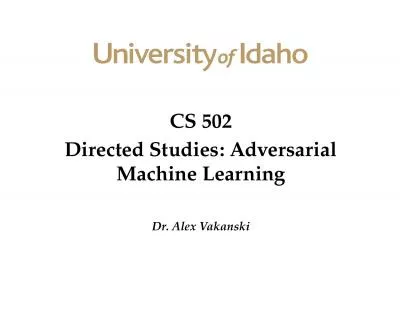PPT-CS 404 / CS 504 Special Topics: Adversarial Machine Learning
Author : elina | Published Date : 2024-02-09
Dr Alex Vakanski Lecture 10 AML in Cybersecurity Part I Malware Detection and Classification Lecture Outline Machine Learning in cybersecurity Adversarial Machine
Presentation Embed Code
Download Presentation
Download Presentation The PPT/PDF document "CS 404 / CS 504 Special Topics: Adversar..." is the property of its rightful owner. Permission is granted to download and print the materials on this website for personal, non-commercial use only, and to display it on your personal computer provided you do not modify the materials and that you retain all copyright notices contained in the materials. By downloading content from our website, you accept the terms of this agreement.
CS 404 / CS 504 Special Topics: Adversarial Machine Learning: Transcript
Download Rules Of Document
"CS 404 / CS 504 Special Topics: Adversarial Machine Learning"The content belongs to its owner. You may download and print it for personal use, without modification, and keep all copyright notices. By downloading, you agree to these terms.
Related Documents

